Order our MuleSoft Developer I Practice Questions Today and Get Ready to Pass with Flying Colors!
Exam Code: MuleSoft Developer I
Exam Name: Salesforce Certified MuleSoft Developer I
Exam Q&As: 235 Q&As
Last update: April 17, 2025
Product Description
Acing the Salesforce MuleSoft Developer I Exam with QuestionsTube
The Salesforce Certified MuleSoft Developer I certification, formerly known as the MuleSoft Certified Developer – Level 1 exam, is now part of the Salesforce Developer certification program after a shift from the MuleSoft certifications. It’s tailored for individuals who have experience working on basic Mule 4 projects with guidance and supervision. As a certified professional, you will be able to design, build, test, debug, deploy, and manage basic application programming interfaces (APIs) and integrations, moving from Anypoint Platform to Anypoint Studio and back.
Read the Salesforce MuleSoft Developer I Exam Outline
- Explain MuleSoft’s proposal for closing the IT delivery gap.
- Describe the role and characteristics of the “modern API.”
- Describe the purpose and roles of a Center for Enablement (C4E).
- Define and describe the benefits of API-led connectivity and application networks.
- Define and correctly use the terms API, API implementation, API interface, API consumer, and API invocation.
- Describe the basics of the HTTP protocol and the characteristics of requests and responses.
- Describe the capabilities and high-level components of Anypoint Platform for the API lifecycle.
- Describe the lifecycle of the “modern API.”
- Use RAML to define API resources, nested resources, and methods.
- Identify when and how to define query parameters vs URI parameters.
- Use RAML to define API parameters, requests, and responses.
- Use RAML to define reusable data types and format-independent examples.
- Read a RAML spec and formulate RESTful requests with query parameters and/or headers as appropriate.
- Describe the Mule event data structure.
- Use transformers to set event payloads, attributes, and variables.
- Write DataWeave expressions to access and modify event payloads, attributes, and variables.
- Enrich Mule events using target parameters.
- Parameterize an application using property placeholders.
- Define and reuse global configurations in an application.
- Break an application into multiple flows using private flows, subflows, and the Flow Reference component.
- Specify what data (payload, attributes, variables) is persisted between flows when a Flow Reference is used.
- Specify what data (payload, attributes, variables) is persisted between flows when a Mule event crosses a connection boundary.
- Specify what data (payload, attributes, variables) exists in a flow before and after a call in the middle of a flow to an external resource.
- Manually create a RESTful interface for a Mule application.
- Generate a REST Connector from a RAML specification.
- Describe the features and benefits of APIkit.
- Use APIkit to create implementation flows from a RAML file.
- Describe how requests are routed through flows generated by APIkit.
- Retrieve data from a Database using the Database connector.
- Create parameterized SQL queries for the Database connector.
- Retrieve data from a REST service using HTTP Request or a REST Connector.
- Use a Web Service Consumer connector to consume SOAP web services.
- Use the Transform Message component to pass arguments to a SOAP web service.
- List, read, and write local files using the File connector.
- List, read, and write remote files using the FTP connector.
- Use the JMS connector to publish and listen for JMS messages.
- List and compare and contrast the methods for processing individual records in a collection.
- Explain how Mule events are processed by the For Each scope.
- Use the For Each scope to process records.
- Explain how Mule events are processed by the Batch Job scope.
- Use a Batch Job with Batch Steps and a Batch Aggregator to process records.
- Use the Scheduler component to trigger a flow.
- Use connector listeners to trigger flows.
- Describe the features, benefits, and process to use watermarking.
- Describe the features, benefits, and process to use automatic watermarking vs. manual watermarking.
- Use connectors with automatic watermarking capabilities.
- Persist data between flow executions using the Object Store.
- Write DataWeave scripts to convert JSON, XML, and Java data structures to different data structures and data types.
- Use DataWeave functions.
- Define and use DataWeave variables, functions, and modules.
- Define and use custom data types.
- Apply correct DataWeave syntax to coerce data types.
- Apply correct DataWeave syntax to format strings, numbers, and dates.
- Call Mule flows from a DataWeave script.
- Use the Choice router to route events based on conditional logic.
- Use the Scatter-Gather router to multicast events.
- Validate data using the Validation module.
- Describe the default error handling in a Mule application.
- Define a custom global default error handler for an application and identify in what situations it will be used.
- Compare and contrast how the On Error Continue and On Error Propagate scopes work.
- Create one or more error handlers for a flow.
- Use the Try scope to specify error handlers for one or more event processors.
- Describe the data structure of the Mule Error object.
- Map errors to custom application errors.
- Use breakpoints to inspect a Mule event during runtime.
- Install missing Maven dependencies.
- Read and decipher Mule log error messages.
- Package Mule applications for deployment.
- Deploy applications to CloudHub.
- Use CloudHub properties to ensure deployment success.
- Create and deploy API proxies.
- Connect an API implementation to API Manager using autodiscovery.
- Use policies, including client ID enforcement, to secure an API.
- Create SLA tiers and apply SLA based policies.
Focus on the MuleSoft Developer I exam materials of QuestionsTube Now. We have the latest study materials with actual questions and answers to ensure that you can pass the Salesforce MuleSoft Developer I exam successfully. All the MuleSoft Developer I questions and answers are based on the exam topics to make you have a deep understanding and pass smoothly.
MuleSoft Developer I study materials have proven to be very effective:
It was the day of the MuleSoft Developer I exam, and Sarah had been preparing for it for months. She had spent countless hours studying and reviewing various materials, but she still felt unprepared. She needed something that would help her boost her confidence and knowledge of the exam material. That’s when she discovered QuestionsTube. QuestionsTube was a platform providing the latest MuleSoft Developer I study guide that guaranteed a high passing rate for the SY0-601 exam. Sarah was skeptical at first, but she decided to give it a try. She started studying with QuestionsTube a few weeks before her exam and immediately noticed a significant improvement in her understanding of the material. On the day of the exam, Sarah was nervous but confident. She had studied hard and felt like she was ready to conquer the exam. As she sat down to take the test, she was surprised to find that most of the questions were familiar to her. Finally, she passed her Salesforce Certified MuleSoft Developer I MuleSoft Developer I exam. Sarah’s victory was celebrated by many, and she became an inspiration to her colleagues. She shared her experience with them, encouraging them to use QuestionsTube to help them prepare for their exams.
What kind of superior service will we provide for your MuleSoft Developer I exam preparation?
- Latest MuleSoft Developer I Exam Questions with Precise Answers: All the questions and answers will be double-checked by the experts to make sure they are useful for your review.
- Convenient PDF & Visual Exam Engine for MuleSoft Developer I learning: To make sure that you can read all those latest Salesforce MuleSoft Developer I questions and answers clearly, we have two formats to help you start learning. The convenient PDF file can be read on any device, and the visual exam engine helps you practice the exam like attending a real test. You can choose one of them to prepare for your exams, but both are recommended.
- Instant Download Without Waiting: It is easy to get the MuleSoft Developer I exam questions from QuestionsTube. After your order(s) are placed successfully, you can download your file(s) at once without waiting.
- Always Having the Latest Exam Questions: You can choose as the regular customer(s) of QuestionsTube, and then you can enjoy free updates for having the latest exam questions. As you like, you can choose a 3-month free update, a 6-month free update, or a one-year free update.
- Without any Burden by Using the Materials: The aim of providing you with great MuleSoft Developer I exam questions and study materials is to help you achieve success. If using the materials and do not access them successfully, you can get the refund without any burden. For more details, please read our Refund Policy page.

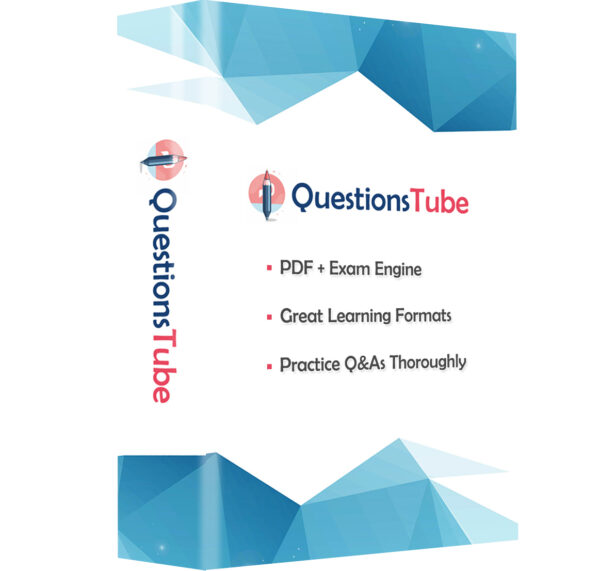
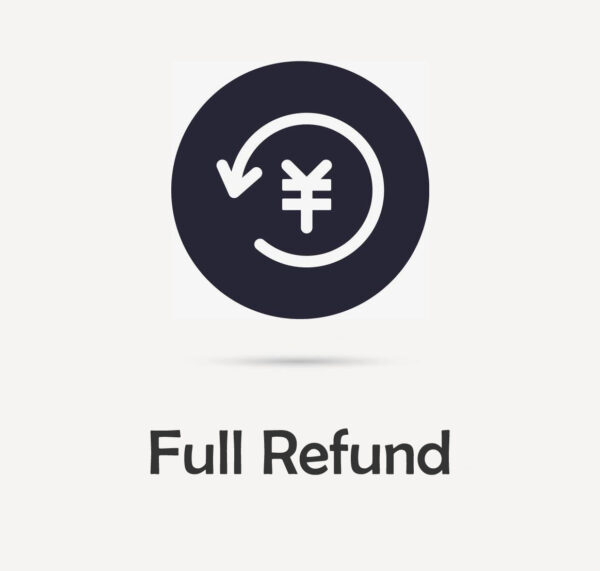
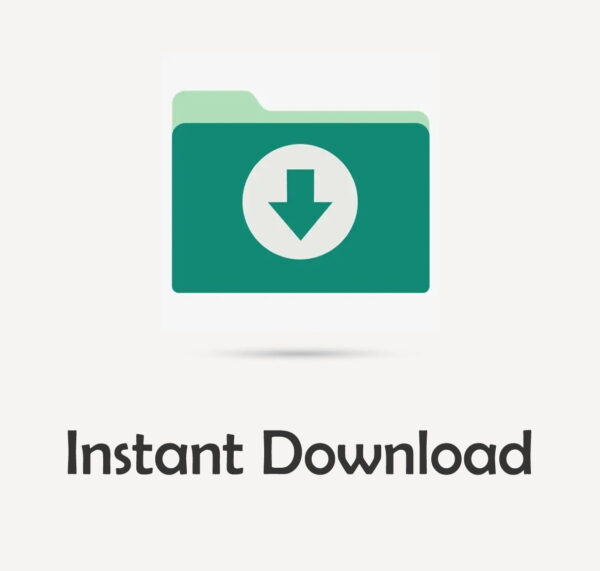

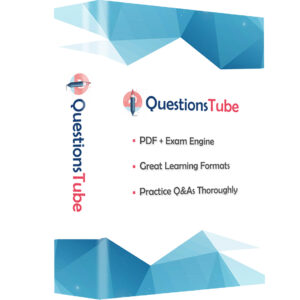
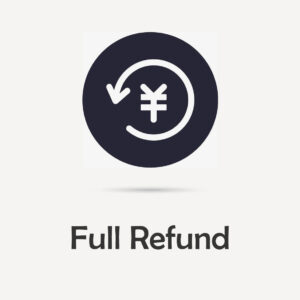
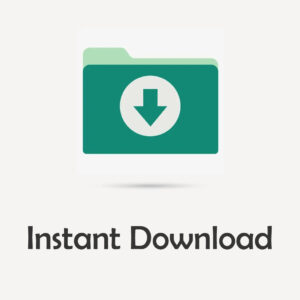

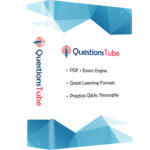
Reviews
There are no reviews yet.